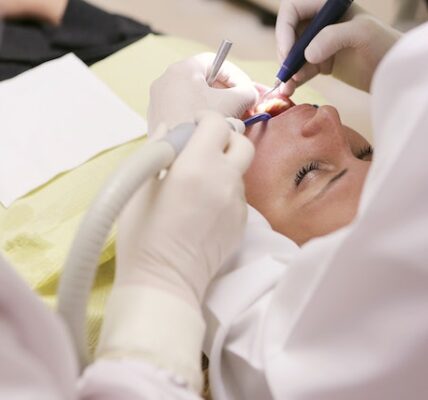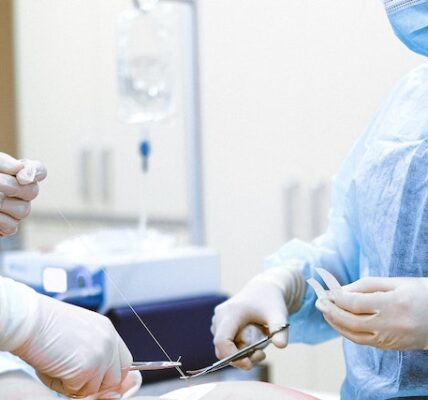In a groundbreaking development in the field of eye surgery, recent news brings hope and excitement to individuals seeking improved vision through PRK (Photorefractive Keratectomy). PRK is a laser eye surgery procedure that has gained popularity over the years for its ability to correct various vision problems, including nearsightedness, farsightedness, and astigmatism. The latest advancements in PRK eye surgery promise to offer even better outcomes, making this news a significant milestone for anyone considering vision correction. In this article, we will delve into the details of these recent developments and their potential impact on the field of ophthalmology.
The Rise of PRK
PRK, a cousin to LASIK (Laser-Assisted In Situ Keratomileusis), has steadily gained recognition as a safe and effective vision correction procedure. Unlike LASIK, which creates a flap on the cornea before reshaping it, PRK involves the removal of the outer layer of the cornea (the epithelium) before applying the laser to reshape the underlying tissue. This makes PRK a suitable option for individuals with thinner corneas or those who are not suitable candidates for LASIK.
Recent Advancements
- Advanced Laser Technology: The key to PRK’s success lies in the precision of laser technology. Recent advancements in laser systems have enabled surgeons to perform PRK with even greater precision, reducing the risk of complications and enhancing visual outcomes. These sophisticated lasers can now create more precise corneal ablations, resulting in improved vision correction.
- Personalized Treatment Plans: Customization is crucial in vision correction surgery. Recent developments in PRK now allow ophthalmologists to create personalized treatment plans tailored to each patient’s unique visual needs. This means that PRK can address higher-order aberrations and provide better outcomes for patients with complex vision problems.
- Faster Recovery Times: Traditionally, PRK required a longer recovery period compared to LASIK. However, recent research and developments have led to innovations that significantly reduce recovery times. Patients can now expect quicker healing and minimal discomfort after PRK surgery.
- Enhanced Safety Measures: Safety remains a top priority in the world of eye surgery. Recent advancements in PRK surgery have introduced additional safety measures to further reduce the risk of complications. This includes better pre-operative screening, refined surgical techniques, and improved post-operative care protocols.
The Impact on Patients
These recent advancements in PRK eye surgery are expected to benefit a wide range of patients. Those who were previously deemed unsuitable for vision correction surgery due to thin corneas or other issues may now find PRK to be a viable option. Moreover, the improved safety measures and personalized treatment plans will contribute to a higher success rate and overall patient satisfaction.
Target Audience
This news event is particularly relevant to individuals seeking vision correction solutions, especially those considering PRK eye surgery. It is also of interest to ophthalmologists, optometrists, and medical professionals in the field of eye care, as it highlights the evolving landscape of vision correction surgery.
Conclusion
The recent advancements in PRK eye surgery signify a significant breakthrough in the world of ophthalmology. With improved laser technology, personalized treatment plans, faster recovery times, and enhanced safety measures, PRK has become an even more appealing option for individuals looking to achieve clearer vision. These developments promise to bring hope and improved outcomes to countless patients in need of vision correction, reaffirming PRK’s status as a reliable and effective procedure. As the field of eye surgery continues to advance, it’s clear that the future holds even more promising innovations for those seeking to see the world with greater clarity.









